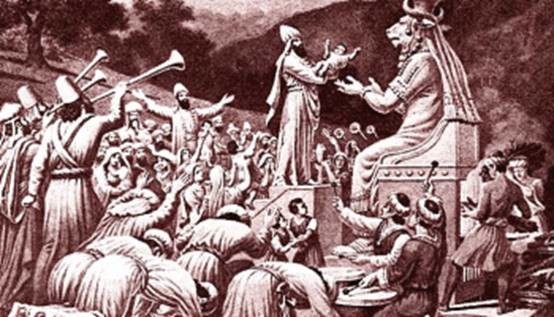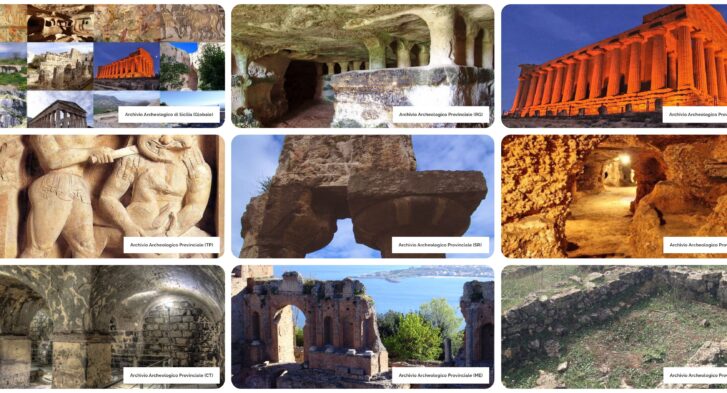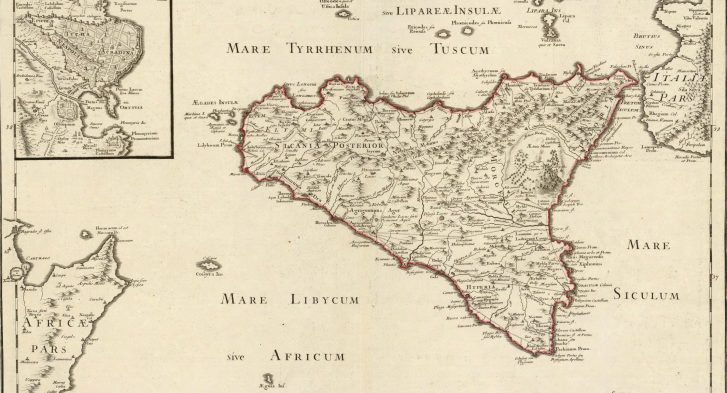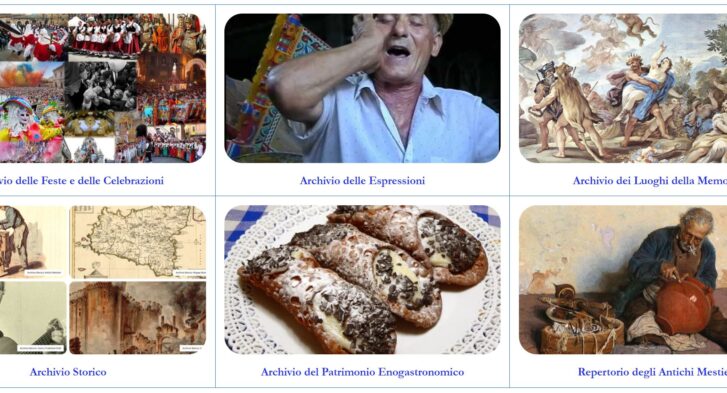Baal

Human sacrifice on Baal's altar (web)
Reference page: Repertory of Cults and Myths
With this name, which means "master" or "lord", the Semites indicated the male divinity, the spirit of male fertility.
An embodiment of natural forces, Baal was linked to agriculture. The deity, also known by the name of Baal Hammon, was already known in the East in the XNUMXth century. BC, and the Carthaginians spread the cult among other peoples of the Mediterranean. Later, with the Romanization of the Mediterranean, the cult of Baal was identified by the Romans with that of Saturn and by the Greeks with that of Cronos.
When Phenicia passed under the hegemony of the Jews, the god of the pre-Israeli peoples was associated with the devil, as he was hostile to the divinity worshiped by the Jews. The name Baal-Zebub, which meant "lord of the flies" [Ambrogio Donini: Brief history of religions p. 26], was replaced first, in the derogatory form of Baal-Zebul which meant "lord of dung" and finally in Beelzebub, a name which indicated the lord of devils. He was also called by the Jews "Moloc", which in Hebrew means "king of ignominy", for the human sacrifices that were offered to him and which saw innocent children as victims. The sacrifice took place in open-air and enclosed sanctuaries called "Tophet", where the urns containing the remains of the cremated children were buried.
Tophets have been found in Carthage, in Punic Africa, in Sicily in Motya and also in Sardinia.
The sacrifice concerned the first-born of the noblest families, even if, often, subterfuges were used to spare them: in fact, the even more barbaric habit of buying or kidnapping foreign children who were fed and then sacrificed in place of children was not rare. true.
Diodorus Siculus (lib. XX.14) tells us that during the siege of Carthage, which occurred by Agatocles in 310 BC, the Carthaginians reproached themselves for having abandoned the tradition by sacrificing foreign children and, seeing the enemy at the gates, hastened to ask forgiveness from the gods by sacrificing two hundred children chosen from the most prominent families in the city.
The innocent victims of such barbarism were sacrificed before being cremated. Diodoro tells about it:
“In Carthage there was a bronze statue of Cronos, his hands outstretched, with the palm facing upwards and inclined towards the ground, so that the child, placed on top of them, rolled and fell into a pit full of flames”.
It has been thought that the Tophets served not only as a sanctuary for the sacrifice of small victims, but also as a necropolis. This would be corroborated by the fact that, in a period in which infant mortality must have been high, there is no evidence, in the official necropolises, of substantial burials of newborns.
To explain the significance of this type of sacrifice it has been hypothesized that it served to renew divine energy through the blood of the best children. The fire, then, would give a new divine life to the sacrificed children, thus alleviating the pain of the parents.
Human beings were not always immolated in the Tophet, sometimes, instead, lambs or other small animals were used, as evidenced, in the Tophet of Mozia, by the findings of seven layers of depositions of cinerary urns containing the remains of sacrifices, some of which of animals. The remains indicate that the Tophet was used from VII. sec. BC, and that the use continued even after the abandonment of the island, which occurred after 397 BC
In 1825, in Solunto, a large Hellenistic statue representing Baal Hammon was found, exhibited in the Palermo Museum.
Another testimony of the cult of Baal is found in Marsala, the ancient Lillibeo, where a stele was found which, in addition to an inscription in Punic dedicated to Baal, represents an offering to the divinity and some symbols of the Phoenician religion. punic. The stele is now in the Regional Archaeological Museum of Palermo.
Extract from the Book ” Cults of Ancient Sicily” by Ignazio Caloggero ISBN: 9788832060102 © 2022 Centro Studi Helios srl







